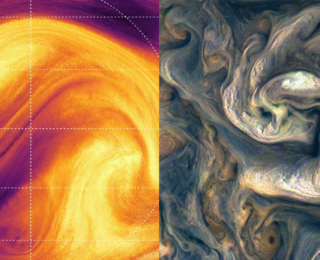
by Yoni Brande | Feb 7, 2024 | Daily Paper Summaries, PRJ
The spectroscopists don’t want you to know that exoplanet atmospheres are actually three-dimensional! Today’s authors use computational climate models to study how we might be able to directly observe different planetary heating processes.
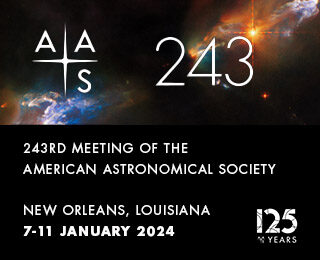
by Sabina Sagynbayeva | Jan 8, 2024 | Career Navigation, Current Events, Interviews, Personal Experiences
We interviewed Prof. Eve Lee of McGill University to learn all about planet and star formation ahead of her plenary talk at #AAS243!
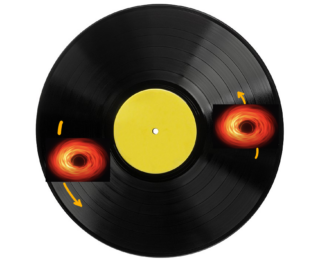
by Pranav Satheesh | Jan 4, 2024 | Daily Paper Summaries
Check out how a circumbinary disk interacts with a supermassive black hole binary in today’s paper.
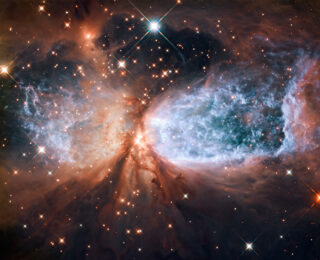
by Katherine Lee | Dec 21, 2023 | Daily Paper Summaries
We may or may not be able to observe the first stars directly, but today’s authors show that’s not the only way to learn about them!
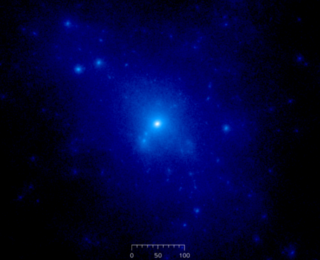
by Guest | Dec 16, 2023 | Undergraduate Research
As part of our Undergraduate Research series, Neev Shah explores how alternative dark matter models describe the evolution of galaxies.
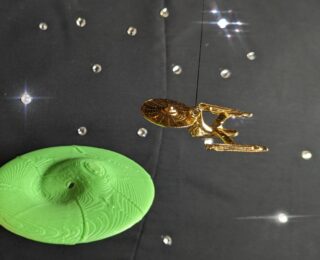
by Lina Kimmig | Nov 29, 2023 | Daily Paper Summaries
Aside from their name, warped astrophysical disks have little in common with the warp drive. Nonetheless, come and enjoy a journey exploring them in today’s bite!






